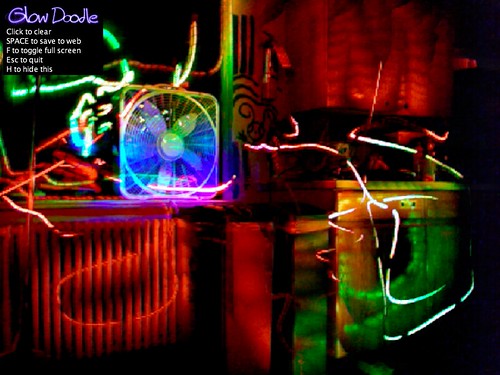Arduino-controlled blinds: a tutorial

Have you ever wanted a smart home that can automatically adjusts the blinds for you? If so, this project is for you.
In this instructable, the author describes his approach to “smart blinds”, by using an Arduino board, an ethernet shield, a motor shield and a couple of sensors.

By means of a simple web-based GUI, the user can manually open and close the blinds, or he/she can setup both temperature and brightness thresholds in order to automate the whole process. Finally, opening and closing events can also be scheduled at pre-defined times of the day, if necessary.
The complete tutorial, together with the source code of the project, can be found here.
[Via: Instructables and Lifehacker]





